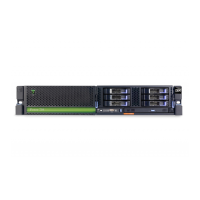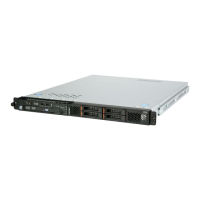Workload and Performance
42 iSeries Handbook
CPW values have been calculated for all previous AS/400e models. The summary table for
most of the models, shown in “Summary of Earlier AS/400, AS/400e, and iSeries Models” on
page 745, includes the CPW figures as well as RAMP-C figures. For processors announced
since August 1997, CPW values are issued. No further RAMP-C figures are provided.
Note: Throughout this document, both RAMP-C and CPW performance figures are described
as Relative System Performance (RSP). This is done to ensure consistency and to identify
what is being referred to. RAMP-C or CPW is used to identify to which RSP the figures apply.
CPW figures are not based relative to a single model, as was the case with RAMP-C. CPW
values give a relative performance rating of all iSeries and AS/400e processors.
CPW can be used as a quick means of comparing performance. However, a more detailed
analysis should always be done using BEST/1 for OS/400. The performance users see that
their AS/400 depends on many factors. Some of these factors include: the type and number
of disk devices, the number of workstation controllers, the amount of memory, the system
model and processor, the application being run, and other factors.
More detailed performance information is found in the
AS/400 Performance Capabilities
Reference - Version 4, Release 5
, SC41-0607. This document is available on the Web at:
http://publib.boulder.ibm.com/pubs/html/as400/online/chgfrm.htm
IBM Workload Estimator for AS/400
The IBM Workload Estimator for AS/400 is a Web-based estimation tool that automates the
manual calculations previously required from paper sizers. The Estimator tool allows the user
the option to enter data for multiple workloads, from which a machine recommendation is
made that best fits overall system needs.
IBM Workload Estimator is found on the Web at:
http://as400service.ibm.com/servlet/EstimatorServlet
Disk Arm Requirements
The disk configuration can be a major contributor of performance bottlenecks. It is important
to size an iSeries and AS/400e server with an appropriate number of disk arms, to provide for
the best obtainable disk subsystem performance, and, therefore, improve overall system
performance.
A physical disk drive (and the processing through the disk controller) performs a specific
number of disk accesses each second. Newer disk arms and controllers provide better
performance than previous drives. Therefore, fewer disk drives (disk arms/actuators) can
typically be used, yet provide comparable performance.

